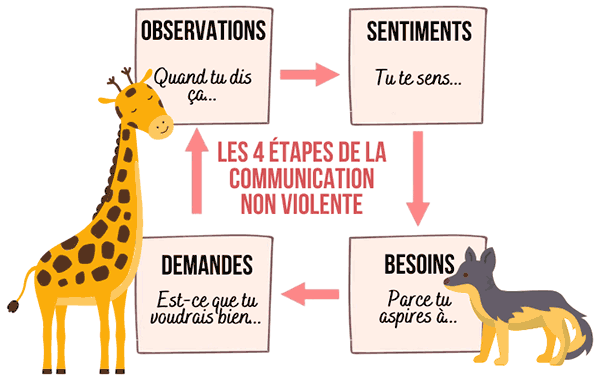
We take the internet for granted, but it can really break down. And the opportunity is there…
Scientists have been working on scenarios for upcoming solar storms for years. They also already know that electrical grids are very sensitive to this, which means that long-term power outages are possible. The impacts would be felt everywhere from global supply chains and transportation to the internet and GPS access. Until now, however, less research has been done on the impact such solar emissions could have on internet infrastructure specifically. But that research has now been done.
Internet can be broken
The new research shows that solar storms can be catastrophic. Certainly for the cables that lie in the sea and provide the worldwide internet. Last week used to be there was a data communications conference called SIGCOMM 2021. Here, Sangeetha Abdu Jyothi of the University of California, Irvine presented “Solar Superstorms: Planning for an Internet Apocalypse,” an investigation into the damage a fast-moving cloud of magnetized solar particles could cause to the global internet fabric. .
The study points to an additional risk in a solar storm that causes a blackout: the scenario where even if power returns within hours or days, massive internet outages persist. But there’s also some good news, the researchers found that local and regional internet infrastructure would have a low risk of damage, even in a massive solar storm, because fiber optics itself isn’t affected by geomagnetically induced currents.
Submarine cables
For submarine cables, it’s a different story. These cables connect continents with each other and apparently the risks are much higher. A solar storm that disrupted some of these cables around the world could cause a massive loss of connectivity by shutting down countries at the source, even if local infrastructure remains intact. It would be like cutting off power to an apartment building because of a water pipe burst.
“What really got me thinking is that with the pandemic, we saw how unprepared the world was. There was no protocol to deal with it effectively and that includes the resilience of the internet,” Abdu Jyothi told WIRED ahead of her talk. “Our infrastructure is not prepared for a large-scale solar event. We have very limited insight into the extent of the damage.”
Well, that’s not so happy news. Especially because solar storms occur and we cannot stop them. Sooner or later one will come, and after three decades of low solar storm activity, scientists point out that the likelihood of an incident is increasing.
.



















